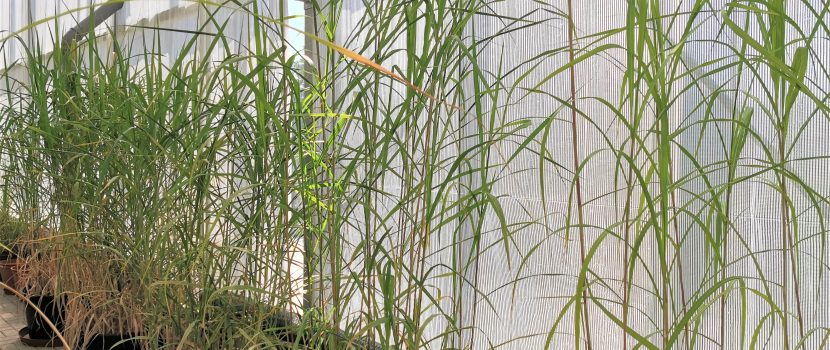
The growth of Miscanthus in marginal soils
The research on the possibilities of growing energy crop miscanthus in marginal (unsuitable for agriculture) soils at the Faculty of Environment has been carried out for several years. During that time, it has, among others, proven that this plant can be successfully cultivated in soils contaminated with heavy metals or with low content of nutrients. But in both cases, we need to expect that the plant can behave differently than in good-quality agricultural soil without contamination. In this work, we compare the effect of sandy soil with an extremely low level of nutrients and different levels of risk elements on miscanthus growth, its “fitness” represented by disruption of photosynthetic efficiency and translocation of risk elements from soil to aboveground plant parts. It was found that even the highest tested content of risk elements harmed the plants less than poor sandy soil. And in the lower contents of contamination, we observed hormesis – the improvement of growth by a low level of substance which is normally harmful. Most of the risk elements behaved as expected, their content in biomass increased simultaneously with the content in the soil. But in the case of some essential (required for optimal growth) elements, such as manganese or zinc, the content was surprisingly the highest in plants from sandy soil where they were present in the lowest levels. All of these findings can be then implemented during planning the cultivation in real scale and biomass utilization.
Reference: D. Nebeska, H. Auer Malinska, M. Vanek, J. Popelka, S. Adamec, S. Ustak, R. Honzik, and J. Trögl, Nutrients deficiency affects Miscanthus x giganteus physiology and essential metals uptake more intensively than soil contamination. Ind. Crops Prod. 189 (2022) 115845. https://doi.org/10.1016/j.indcrop.2022.115845
The archive of other published articles can be found here